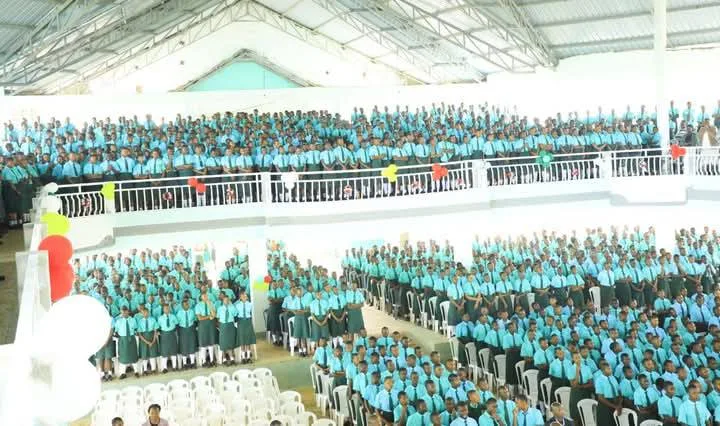
The figure may rise as the audit is ongoing, raising questions over the integrity of government records and educational institution funding.
At the approved funding rate of Sh22,244 per learner per year, this equates to an annual loss of Sh1.1 billion. It is unclear how long the inflated numbers have been present in government systems.
Appearing before the Education Committee of the National Assembly, Julius Bitok, the Principal Secretary for Basic Education, said that the ongoing data verification exercise targeting all secondary schools is halfway complete.
He noted that, although data from primary and junior schools is still being compiled, preliminary findings suggest that inflated enrolment data is most prevalent in secondary schools.
“So far, we have been able to disburse funds to about 17,500 schools; 5,500 secondary schools out of 9,500, 5,732 for primary, 5,525 junior schools, and 600 special institutions. We have found that more than 50,000 secondary school students so far cannot be accounted for. That is the reality. Secondary schools … the numbers are not adding up. There are quite a number of students being reported separately. For primary and junior school, the trend is slightly different, with enrolments appearing higher than expected,” he said.
Prof Bitok said that the National Treasury has released funds for Term Three of the Financial Year 2025/26, with Primary Education getting Sh1.75 billion, of which Sh456.4 million had been disbursed to schools as of September 16, 2025.
“For junior schools, Sh5.7 billion was allocated, with Sh1.02 billion already disbursed. In secondary schools, Sh10.38 billion was allocated, with Sh5.14 billion disbursed so far. Special Needs Education received Sh40 million, with Sh1.02 million disbursed to date. Examination funds saw Sh5.9 billion disbursed, bringing the total disbursement for Term Three 2025 to approximately Sh13 billion out of a total Sh23 billion allocation,” he said.
According to Prof Bitok, after the verification process is complete and the ghost students and schools are weeded out, the total number of learners in educational institutions might decrease by 10 percent.
He explained that the nationwide clean-up exercise, which covers about 32,000 schools, is nearly 60 percent complete. The process has exposed significant gaps in secondary institutions, while primary and junior schools have recorded slightly higher enrolments than expected.
“We are relying on three sets of data—from the National Education Management Information System (NEMIS), heads of institutions, and sub-county directors of education. By cross-checking these, we are able to verify both the learners and the schools,” Prof Bitok told the committee.
He added that by January 2026, the MoE will roll out the Kenya Education Management Information System (KEMIS) to replace NEMIS and streamline the management of students and schools data.
The Principal Secretary explained that funds for schools are divided into two main accounts: a tuition account and an operations account. The operations account covers the running costs of the schools.
“The tuition account is where money for classroom learning goes – this includes classroom capacity, laboratory materials, supplementary reading, assessment tools, practical materials, and stationery like pencils and glue. This ensures students have the resources they need to learn effectively,” he said.
“The money [in the operations account] is spent on electricity, water, internet connectivity, maintenance of school facilities, sports activities, transport for school events, medical and insurance services, as well as food for students. Each school must track this spending carefully,” Prof Bitok added.
The Principal Secretary clarified that there is no evidence suggesting the criteria used to allocate infrastructure grants is flawed. He explained that the Sh1.39 billion in question covered the last five years (2020–2025) and that the allocations were guided by presidential directives.
“We are very close to the Executive Office of the President and the National Treasury in this matter. We have images and letters showing which schools the President directed to receive this funding,” he said.
Prof Bitok asked Parliament and education stakeholders to help decide on the next steps, particularly on how to deal with schools and officials implicated in the anomalies.
“We want the committee and the other education stakeholders to help us decide what to do with this data,” he said.
